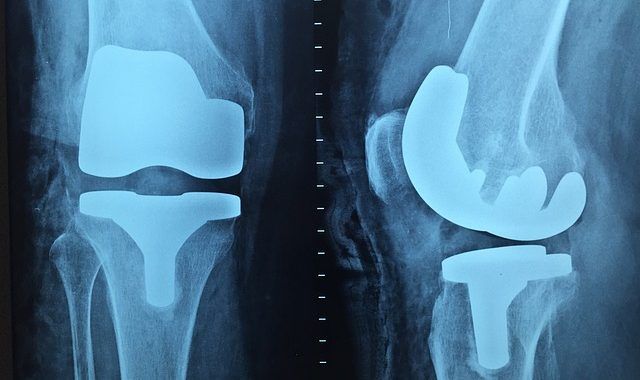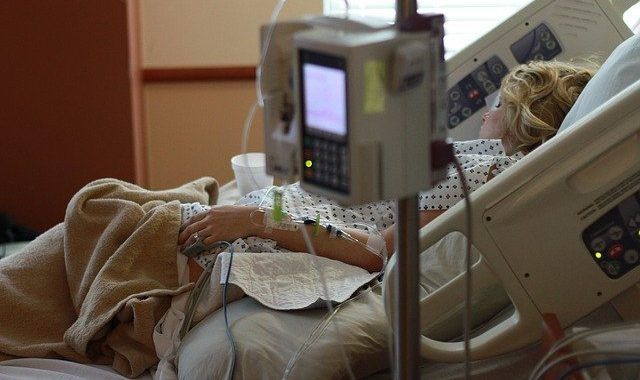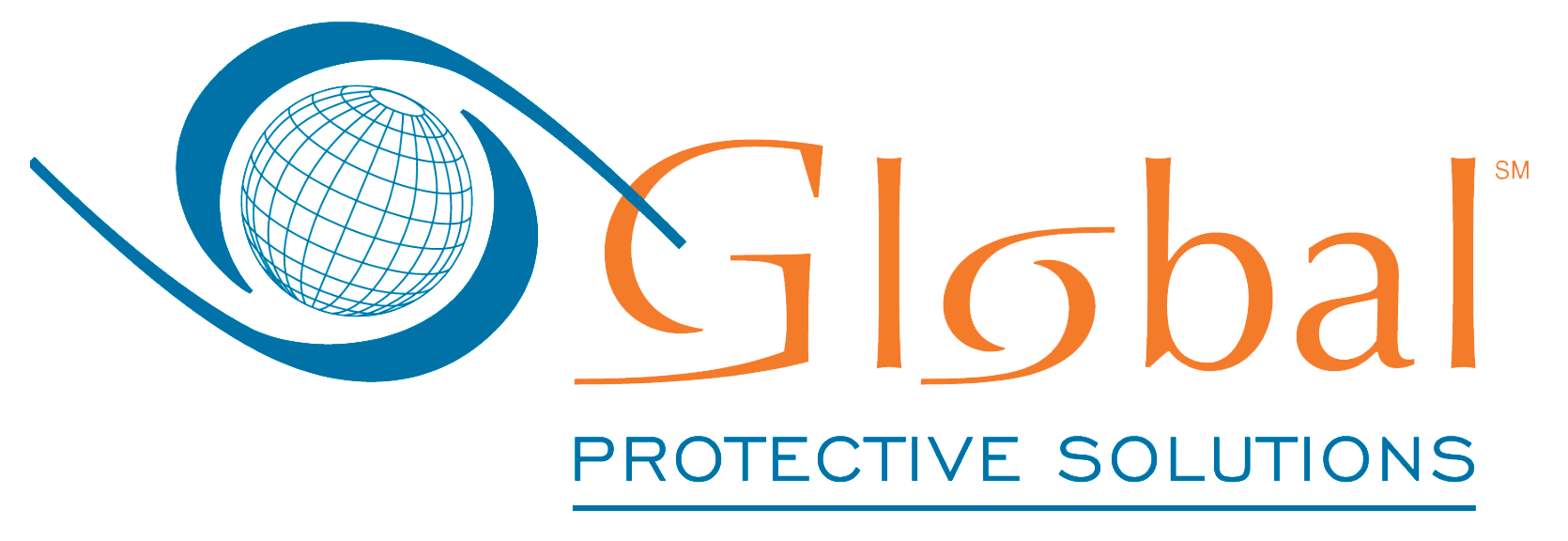
Dubai has become a popular destination for medical tourism in recent years, and for good reason. With its world-class healthcare facilities, highly skilled medical professionals, and state-of-the-art technologies, Dubai is a great option for those seeking medical treatment abroad. In this article, we will explore the reasons why Dubai is an ideal destination for medical tourism.

In Canada, orthopedic and neurosurgery are some of the most in-demand medical procedures. Unfortunately, the lengthy wait times for these surgeries can be frustrating and detrimental to patients’ health. As a result, many Canadians are opting to travel abroad for orthopedic procedures. This article will explore the reasons behind this trend, the benefits, and drawbacks of traveling for surgery, and some popular destinations for Canadians seeking orthopedic care.

When we discuss Medical Tourism from the United States to Mexico, we must highlight that over one million Americans travel to Mexico in order to receive medical treatments of multiple categories. These categories include cosmetic surgeries ranging from bariatric to breast augmentation, liposuction to body contouring, and more recently an influx dental surgeries.

Medical Tourism Complication Insurance
Medical Tourism Complication Insurance
October 1, 2021
Medical tourism complication insurance is now being sought after by medical tourists, medical tourism facilitators, and receiving international hospitals. Enrolling in medical tourism travel insurance is usually done online and the coverage is available worldwide.

Medical tourism is on the rise, and it’s not going anywhere! With the rise in medical tourism, there has also been a rise in the number of medical tourism healthcare facilitators and agencies. In fact, the Medical Tourism Association reported that 74% of patients would prefer to use a medical tourism facilitator to organize their trip.

Any medical procedure, no matter where it is performed, can come with risks for the patient. However, it is undeniable that having medical work done in a foreign country comes with its own distinct set of risks. What are the risks of medical tourism, and how can international patients protect themselves against them?
Need more information about travel insurance? Call our team at +1 (803) 799-1770 or email us at info@medicaltourisminsurance.com today to learn more.
















